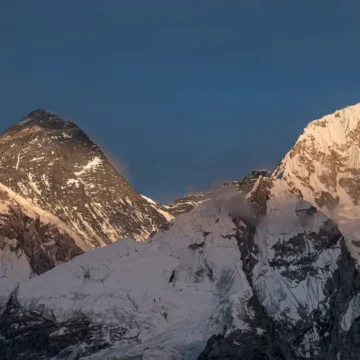
Gorilla Trekking: 9 Things You Must Know

Table of Contents
There are different types of trekking, and one of them is Gorilla trekking, where you get to closely observe how Gorillas live and behave in their natural habitat. Gorilla trekking is the best way to explore the dense forests with Gorillas roaming around.
What is Gorilla Trekking?
Gorilla trekking is a type of trekking that is a short and exciting experience where visitors go through dense forests to observe a habituated Gorilla family. This trekking is mostly done in Uganda, Rwanda, the Democratic Republic of Congo (DRC) etc. These giant animals live in dense jungles and high-altitude forests.
The trek involves walking for a few hours through dense forests with muddy and hilly terrain, which is guided by local trackers and armed rangers. The journey is more than just a trek; it’s a quiet encounter with creatures that share over 98% of our DNA.
In Gorilla trekking, once the Gorilla family is found, you can spend a magical hour in their presence, watching them feed, groom, play, and rest.
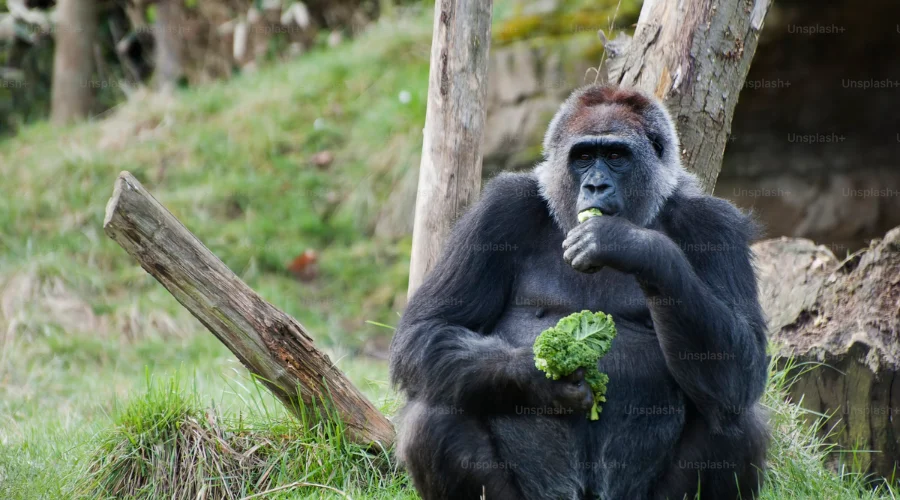
Is Gorilla Trekking Safe?
Gorilla trekking is safe when done responsibly and with the proper guidance. Gorillas are gregarious and cooperative animals but also aggressive, jealous, selfish, and combative. With male Gorillas weighing up to 400 pounds and reaching almost 6 feet in height, it makes sense to feel danger while in the wild with them.
The authorities organize and closely monitor the trek to keep both visitors and Gorillas safe.
A trained guide and an armed ranger will join you on this trek. In Uganda and Rwanda, Gorilla families have grown used to human presence, which lowers the chance of unexpected behavior. The Gorillas are gentle and more interested in their own activity than in the visitors watching them.
However, it’s crucial that you follow guidelines like maintaining a safe distance, avoiding eye contact, and staying calm and quiet when they are up close. These guidelines help prevent any stress to the animals and ensure your safety.
How difficult is Gorilla Trekking?
It is moderately difficult, but it depends on your fitness level, the weather and where the Gorillas are that day. The duration of this trek is not fixed; it can take 30 minutes to 8 hours. Sometimes, you might get lucky and find them in the initial phase of your journey.
Other times, it’s a serious uphill climb through thick jungle, mud, and steep slopes. You might have to duck under branches, climb over roots, or walk through rain-soaked terrain
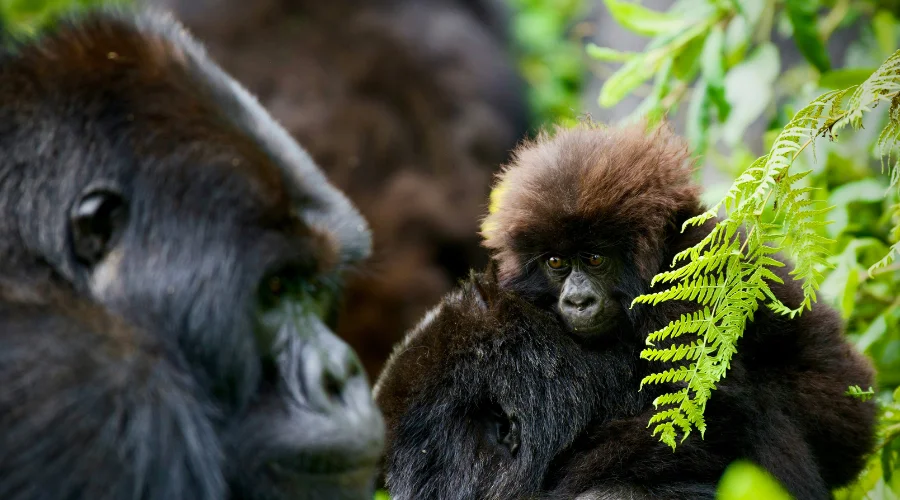
Gorillas inhabit the forest at an elevation ranging from 2,200 meters (7,200 ft) to 4,300 meters (14,100 ft). The air can be thin if you are not used to it, and the altitude can be a problem. There is no rush to finish like other treks.
You will go at a slow and steady pace, and there are porters you can hire to carry your backpack or help you in challenging sections. Most people with average fitness and a bit of determination can do it.
People also search: What is Thru Hiking and How to Prepare it Like Pro?
The Top 10 Places for Gorilla Trekking
Gorilla trekking is most famous in the following places, where you can find mountain Gorillas and silverback Gorillas in these locations with their families.
1. Volcanoes National Park, Rwanda
This place is usually the first that comes up when people talk about Gorilla trekking. The park is small but well-managed, and the roads getting there aren’t too bad. Most groups hike for a couple of hours before reaching the Gorillas, though sometimes it’s quicker or takes a bit longer.
The guides are great at explaining the behaviour of the Gorillas, and you get a full hour to just sit and observe. Everything feels very controlled in a good way, which is safe, respectful, and organized.
2. Bwindi Impenetrable National Park, Uganda
Bwindi is definitely more rugged. The name isn’t a joke; you’re walking through a thick forest with steep paths, and sometimes you’re sliding down mud if it rained recently. But it’s beautiful and full of birds and butterflies, and the experience feels a bit rawer.
The guides usually know where the Gorilla families are because trackers head out early. It might be a tougher hike, but most people say it’s worth the effort for how immersive it feels.
3. Virunga National Park, DRC
This one’s a bit complicated. When it’s open and safe, the park offers one of the most dramatic landscapes. You’ll see volcanoes, misty mountains, and dense jungles. You can see mountain Gorillas here, too, but because of political instability in the region, it’s not always accessible.
When it is, the treks are led by rangers who know the terrain well. It’s for travellers who want something wilder and are okay with uncertainty.
4. Odzala-Kokoua National Park, Republic of Congo
Tracking Gorillas here is a different kind of experience. You’re not hiking through mountains but through flat rainforests that are often muddy or swampy. They give you boots for a reason. Most people here are after the western lowland Gorillas, which are a bit different from the mountain Gorillas.
It’s not a mainstream tourist park, but it’s well-supported by conservation groups. The pace is slower, and you end up learning a lot about the whole ecosystem.
5. Dzanga-Sangha Special Reserve, Central African Republic
This park is tucked away in a remote part of the country, so it takes a while to get there. That’s part of what makes it feel special: it’s quiet, isolated, and not crowded. You can track western lowland Gorillas here, and it often feels like you’re stepping into the research world, not just a tourist setting.
You walk with trackers who’ve followed the same Gorilla families for years. You don’t always get a perfect view, but the whole process feels very genuine.
6. Loango National Park, Gabon
Loango is kind of wild in the best way. The park stretches from rainforest to beach, and you can literally spot hippos or elephants walking along the shoreline. The Gorillas are further inland, and they’re still being habituated, so sightings can be hit or miss. But the broader experience makes up for it; you’re in this super rare coastal forest, and even the boat rides through the lagoon feel like an adventure.
7. Lobeke National Park, Cameroon
Lobeke doesn’t see many visitors, so there’s very little tourism infrastructure. That said, it’s a good place if you’re looking for something quieter and more personal. You might spend time in observation hides waiting for Gorillas or other animals to pass through.
It’s more about patience than instant results, but that slowness is part of what makes it memorable. You really feel like a guest in the forest.
8. Monte Alen National Park, Equatorial Guinea
Monte Alen is gorgeous but hard to navigate. The trails exist, but they’re not always clearly marked, and local guides vary in experience. The Gorillas here are wild and not used to people, so sightings are rare.
Still, for nature lovers who don’t mind a little discomfort and uncertainty, the park offers some beautiful hiking and solitude. Just don’t expect a structured trek with guaranteed Gorilla viewing.
9. Cross River National Park, Nigeria
This one’s more about the idea than the actual trek. The Cross River Gorillas are critically endangered and extremely shy, so you’re not likely to see them even if you go. That said, there are trails, and the forest is beautiful.
If you’re into conservation or just want to understand the habitat and challenges these Gorillas face, it’s a meaningful place to visit. But again, don’t go expecting a classic Gorilla encounter.
10. Mgahinga Gorilla National Park, Uganda
Often overshadowed by Bwindi, but it’s actually part of the same Virunga range. Smaller in size but much quieter. Trekking here is less crowded, and you still get to meet the same mountain gorillas that roam between Uganda, Rwanda, and DRC. You’ll also see golden monkeys and hike extinct volcanoes.
How Much Does Gorilla Trekking Cost
The cost of Gorilla trekking, on average, is between $1,500 and $2,500 per person for the whole experience, depending on the type of trek and location. The cost of Gorilla trekking in famous places like Rwanda is $1500; in Uganda, it costs around $700 to $1000 and in Congo, It costs around $400 to $450.
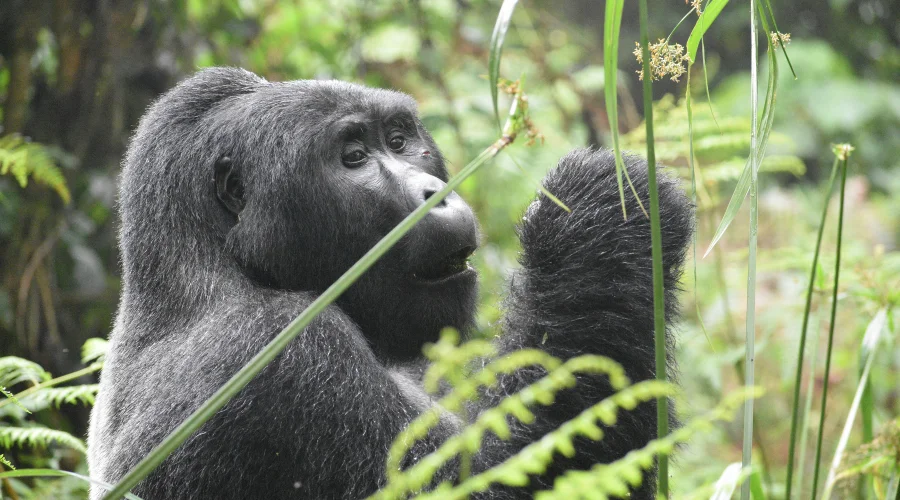
Why is Gorilla Trekking So Expensive?
It’s expensive because it protects what’s rare. Globally, the population of Gorillas is decreasing; only a few hundred mountain Gorillas are left in the wild and keeping them safe takes money. The money raised from the purchase of permits pays rangers, supports conservation efforts, and helps local communities who share land with these gentle giants.
Trekking groups are kept small to reduce stress on the animals, which means small groups and higher demand. The terrain is wild, the experience is raw, and the logistics are complex. You’re not just paying to see Gorillas; you’re investing in their survival, their forest, and the people who protect both.
How to Prepare for Your Gorilla Trekking Tour?
Preparation is the first thing to do in when going on any adventure. Trekking into dense forests where trails can be muddy, wet, bacteria-infested, and full of danger, you need solid preparation for that.
- Start walking or hiking a few weeks before your trip to build stamina for the jungle trails.
- Sturdy hiking boots that are comfy, waterproof, and already broken in because you don’t want to be dealing with blisters halfway through the forest.
- Wear sleeve, waterproof, and comfy shirts that help with random rain and sneaky insects and keep you comfortable through changing weather.
- Morning and nights can be freezing, especially up on the hill. An insulated or fleece jacket is a good idea.
- The forest is thick, and sometimes, you need to push through it with your hands. Garden gloves work great.
- Just big enough for water, food, a camera, spare clothes, and whatever else you can’t leave behind.
- Camera and memory cards are a must. You’ll never forgive yourself if you run out of space when a silverback stares into your lens.
- Carry binoculars because the jungle is alive, and it’s not just about Gorillas. You’ll spot birds, monkeys, and all kinds of magic if you look.
- It’s not a walk in the park. The trek can last hours, so bring bars, nuts, or dried fruit to keep you going.
- Always follow your guide’s instructions and stay calm and quiet around the Gorillas.
- Have something to give back; many visitors bring small items to donate, like books, pens, or even clothes for local kids. It’s not required, but it’s appreciated.
- A universal plug adaptor is recommended; Rwanda uses round-pin plugs. Don’t get caught with a dead phone or camera.
What to Pack for Gorilla Trekking?
Try to pack light and all the necessary things. Here’s a list of things that you should have.
- Long trousers to protect your legs from bugs and branche.
- A long-sleeved shirt to shield your arms from scratches and sun.
- Strong, waterproof hiking boots for muddy forest trails.
- Thick socks to keep your feet warm and blister-free .
- Durable gloves to push through thorny bushes.
- A lightweight rain jacket or poncho in case it pours.
- A wide-brim hat for sun protection.
- Sunscreen for your face and neck.
- Insect repellent to keep mosquitoes away.
- A refillable water bottle to stay hydrated.
- Uganda and Rwanda are high-risk malaria zones, so talk to your doctor about the right prevention. Common options include Malarone or doxycycline.
How Long Does Gorilla Trekking Take?
Gorilla treks usually last between 1 to 8 hours, depending on how quickly you encounter Gorillas and how much time you spend observing them.
You May Also Like: Yoga Trek in Nepal
Gorilla Trekking in Nepal
There are no Gorillas in Nepal because of the unfavourable environment. It is only possible in African countries like Uganda, Rwanda and the Democratic Republic of Congo, where mountain Gorillas are in the wild.
Nepal is rich in wildlife like tigers, rhinos, red pandas, etc. But doesn’t have Gorillas because they are native to only dense rainforests of Africa.
Want to know more?
Speak to an Expert





Sandip Dhungana
Nepal 🇳🇵
Whatsapp: +977-9823636377

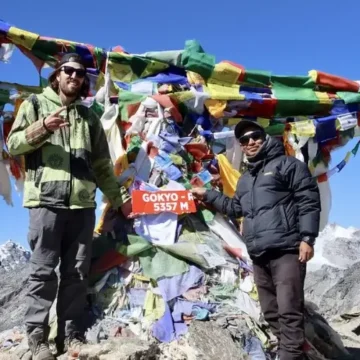
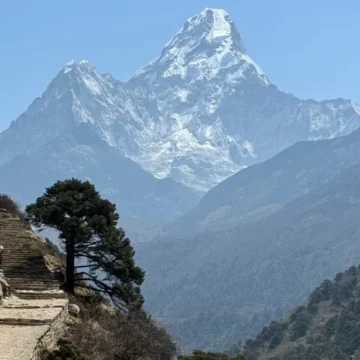
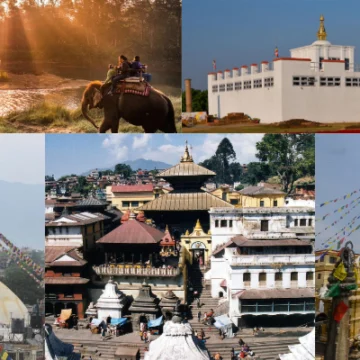

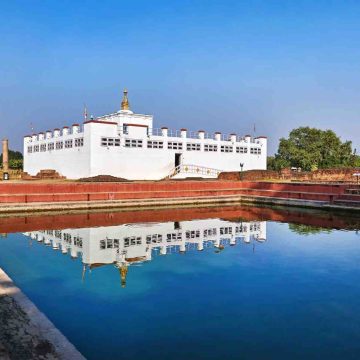

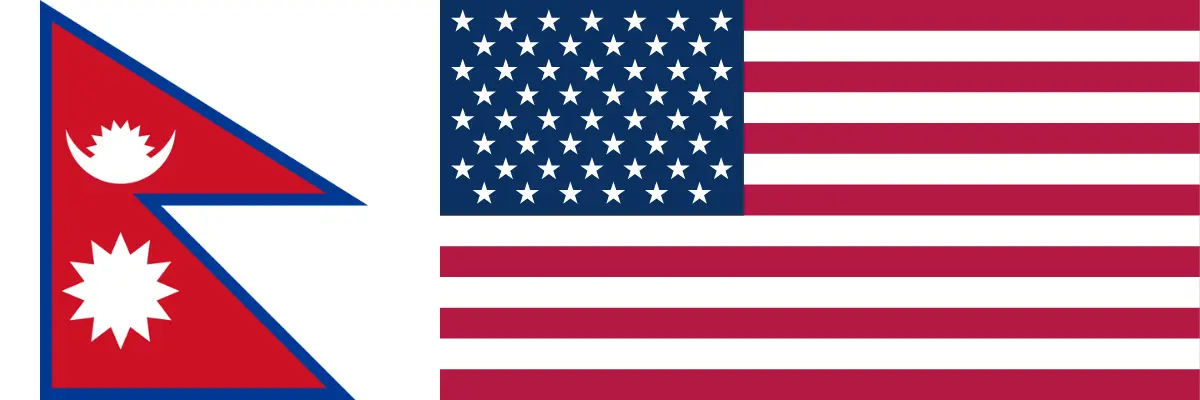
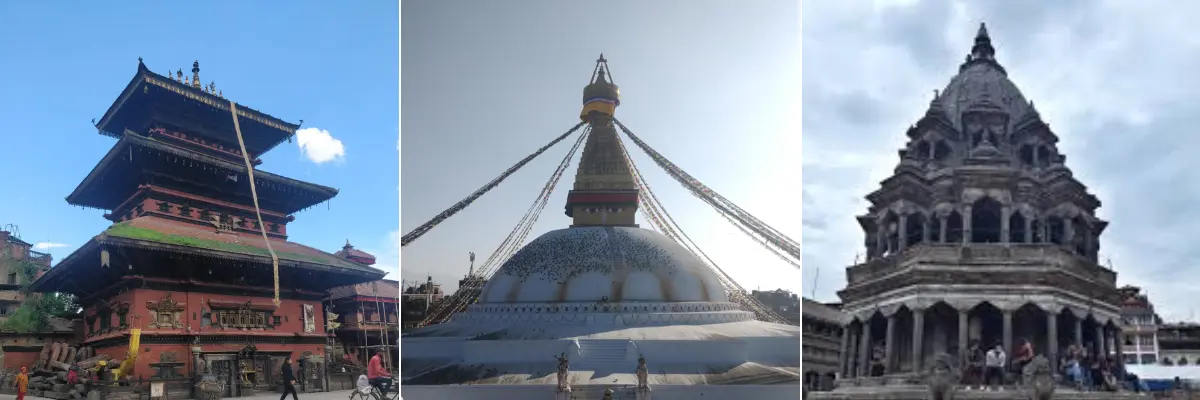

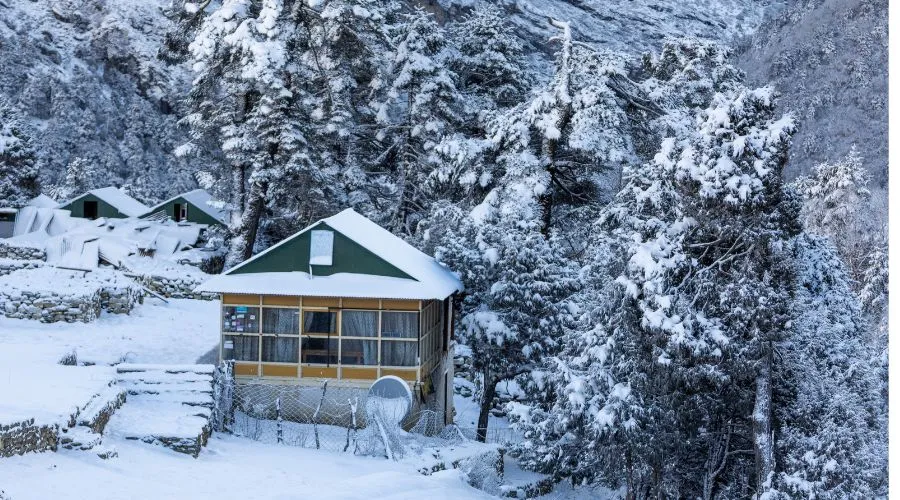
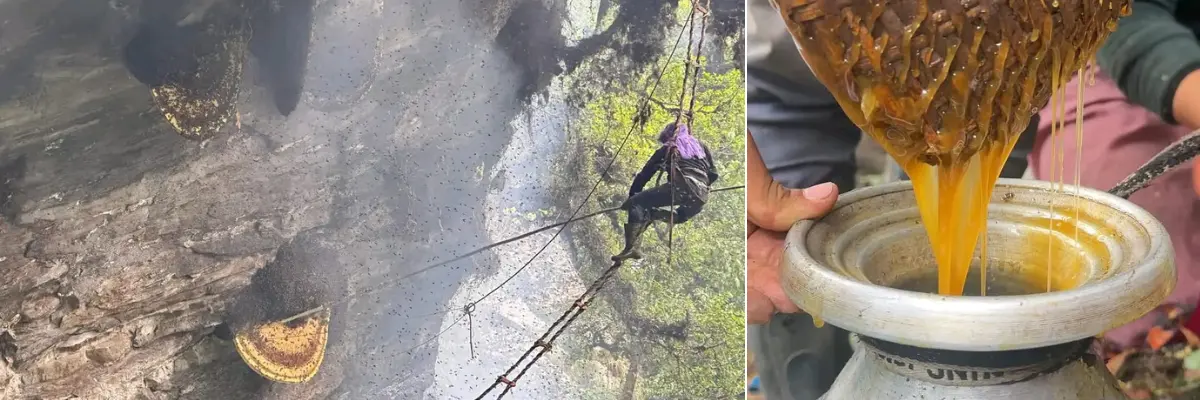
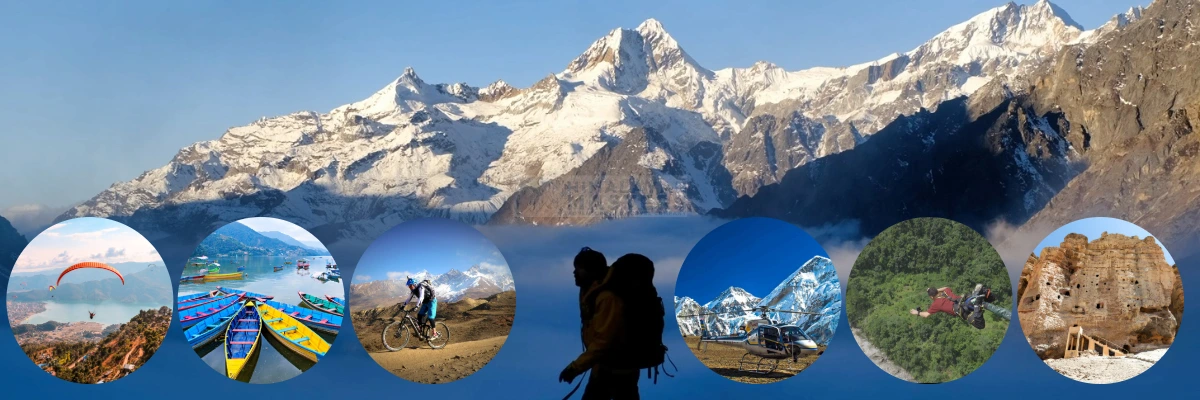
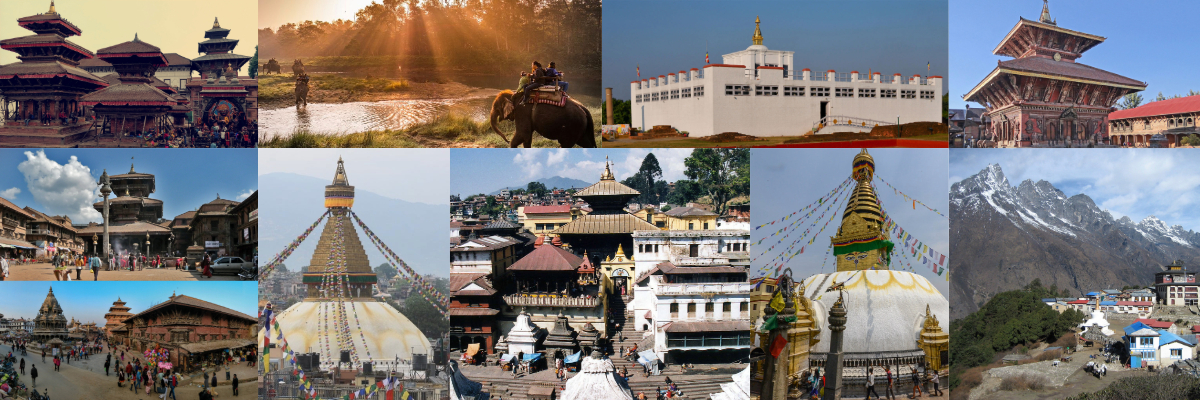









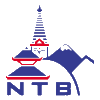


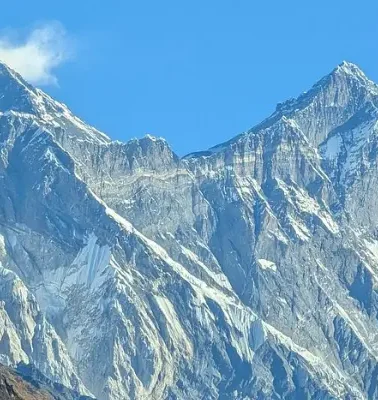
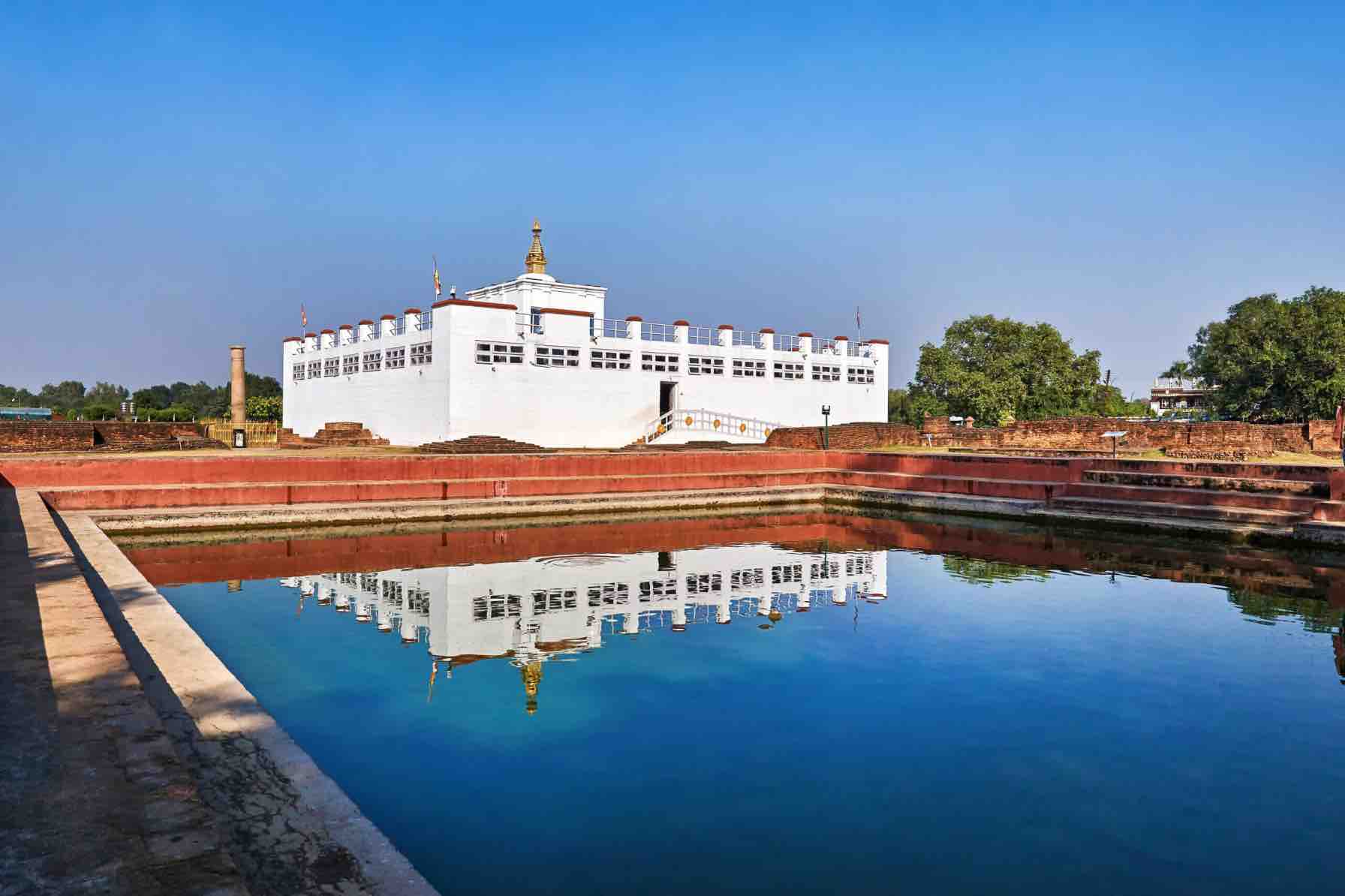

Leave Your Comment